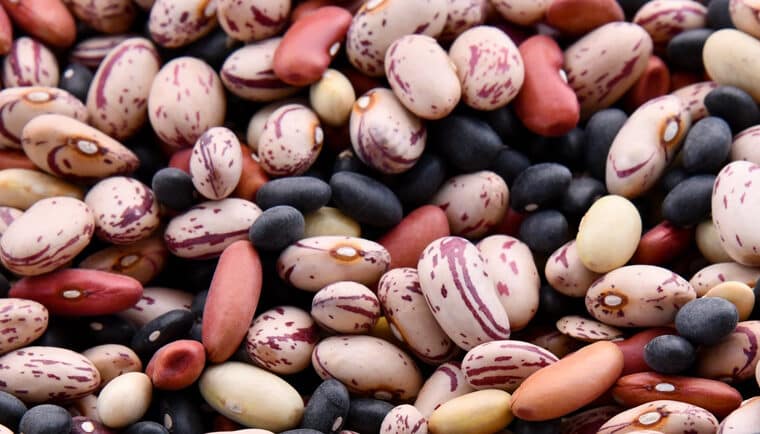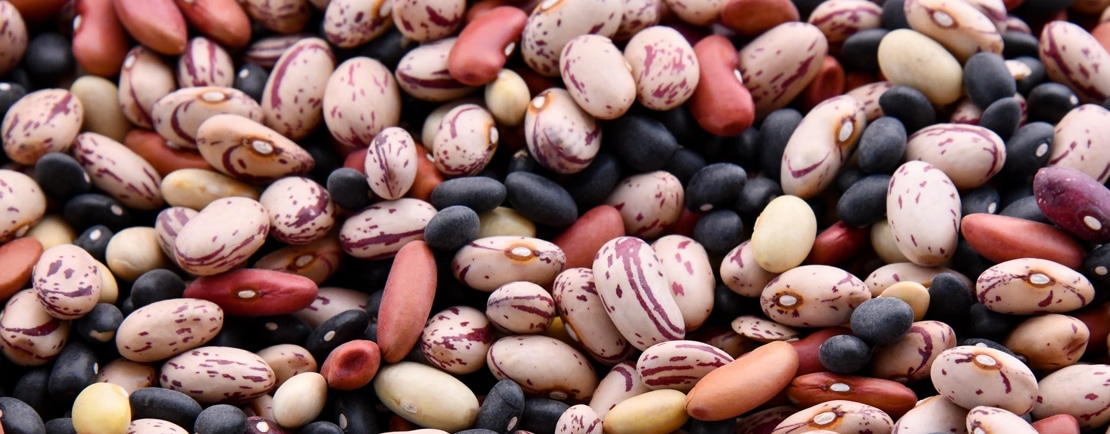



One concern about switching to a plant-based diet that nearly everyone has is about getting enough protein. After all, it is an essential nutrient that is generally recognized as typically coming from meat. Protein is much more common than people think and comes from a variety of different sources.
While it is true that for most people animal products are the most consistent form of protein in their diet, it is not the only option. Protein can actually be found in many different plants and plant-based products that are easily accessible. Once you start to explore, you will realize there are plenty of sources of protein in places that you never thought to look. There are many different sources of plant-based protein, you will have plenty of room to get creative with your meals and try new things.
You can get just about every nutrient your body needs to live a healthy life from plants alone. It is simply a matter of educating yourself on the specific ingredients containing the nutrients you need. There are a few well-known options that will give you a high volume of protein but there are also many plant-based sources that have sufficient protein to provide more than enough to keep your body going.
Various nuts, seeds, and beans are known for their significant protein levels, but so are a variety of grains and vegetables. You’ll find there are plenty of excellent options for getting the protein you need every day that are also perfect for the vegan or vegetarian lifestyle. If you are unsure of your dietary needs you can reference the USDA Dietary Reference Intakes (DRIs) calculator to give you an idea of where to start. Here are some suggestions to get you started.
Almost every kind of nut you can think of has significant amounts of protein. On average, you can get between 5 – 6 grams of protein from a small handful of your favorite nuts, (that is about 20 – 24 grams per cup.) The best part is that most nuts are extremely easy to add to your daily routine. Not only are they delicious on their own as a snack, but there are also many dishes and recipes you can add them to. Nuts and seeds are easy to add to breakfast, salads, bowls, or curries, such as this recipe for Cashew Coconut Cauliflower Curry.
The other nice thing about nuts is that they are an excellent dairy alternative source. Dairy-free milks, dairy-free yogurts, and dairy-free cheeses are most often made from nuts and are easy swaps when transitioning to a plant-based diet. They can also add in the extra protein you are looking for with nothing more than a light snack or side dish.
Cashews, in particular, are a great nut because they offer a smooth, creamy and neutral base. Forager Project’s Cashewmilk Yogurts provide 3 grams of plant-based protein and have 1 billion live active probiotic CFUs in every serving.
Soy has been a consistent feature of plant-based diets for a long time thanks to its richness in protein, calcium, and iron. It is not only nutritious, but also quite versatile as a meat substitute. Soy-based products like tofu and tempeh are known to take on whatever flavor they are prepared with, making them ideal for recreating meatless versions of your favorite meals and are easy to integrate in any recipe. On average, tofu contains about 10 grams of protein per half a cup, whereas tempeh contains about 15 grams per half a cup. This makes either choice ideal as a centerpiece to an entree alongside plenty of vegetables for a perfectly balanced meal. Panang Thai Curry is a classic and flavorful curry recipe that tastes great with tofu.
Most plants belonging to the legume family produce a significant variety of nutrients including a decent amount of protein. Of particular note are lentils, chickpeas, and black beans. Not only do they provide about 7 – 8 grams of protein per half a cup, they are also great sources of potassium, fiber, and iron. Lentils and black beans are both popular sides and are easy additions to any salad, but they also work great as a main dish combined with rice, veggies, or any other suitable base (try this Lentil Daal recipe). This is also true of chickpeas, which are used to make well-known foods such as falafel or hummus. (They’re also great in this recipe for vegan Chickpea Shakshuka!)
Shakes are another great option for both convenience and efficiency. They can vary considerably from one brand to another, meaning their ingredients may include a range of protein sources. Forager Project’s plant-based protein shakes are made purely from organic plant-based ingredients, and unlike other vegan protein shakes – the protein comes from nuts and brown rice rather than peas. They are available in two flavors, Vanilla and Cocoa, and both pack in 12g of protein.
As mentioned above, you can find protein in a lot of places you may not have ever expected to find it. For example, certain vegetables, algae, and even mushrooms are known to be decent sources of protein. You could create a complete balanced meal featuring an entree and several sides, all of which contain some protein with all the options there are. If you’re ever looking for something to add a little extra protein into a meal, here are a few more foods to look for:
Photo by Yulia Khlebnikova on Unsplash

Forager Project is a family-owned and operated organic food company, crafting plant-based foods in California since 2013.